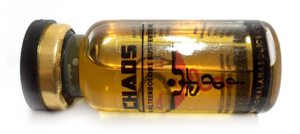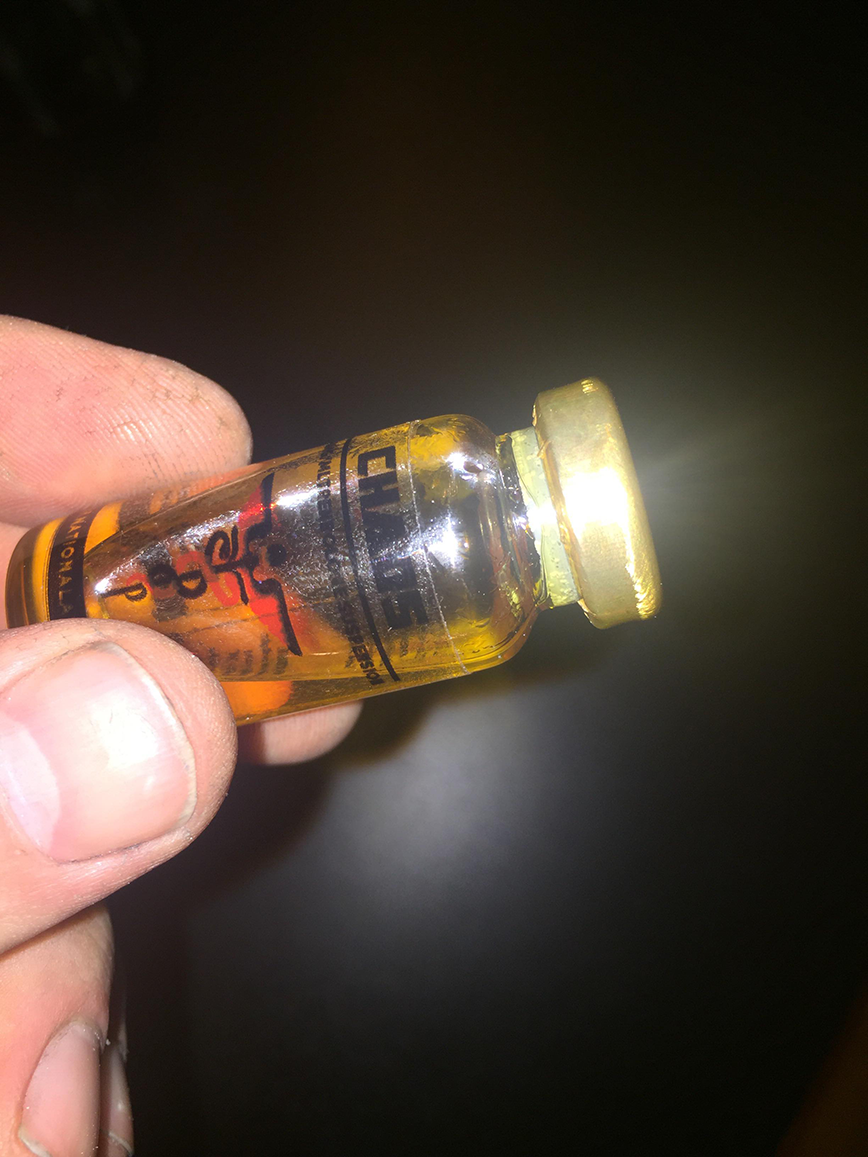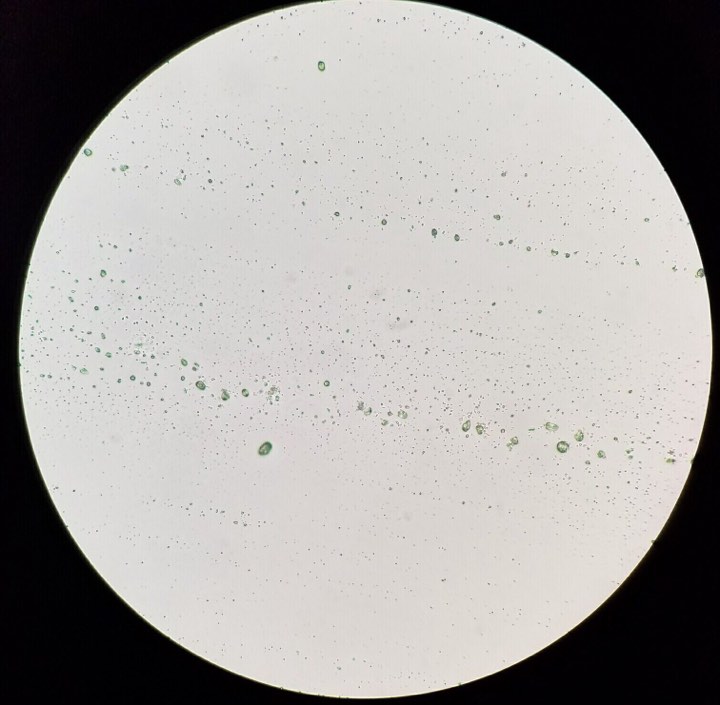IA Superpharma Chaos Lab Test Results Update:
Lab testing on IA Chaos reveals that there is no presence of bacteria. The formations on the vial/stopper are hardened crystals that have leeched onto the rubber stopper. Please see the images below for the product we tested and the result.
IA Superpharma is aware of the reports of several instances of crystallization of its “Chaos” (Tren base) product. The crystallization is exhibited on and around the rubber stopper at the neck of the vial (see example photo). The concern is that it ‘looks like mold’.
 We can assure you with absolute certainty that ‘mould’ could not form in this product or any other of the IA products range. The reasons for this are two-fold:
We can assure you with absolute certainty that ‘mould’ could not form in this product or any other of the IA products range. The reasons for this are two-fold:
Firstly, Chaos has a BB content of 25% and 2% BA – with these levels of biocide alcohols, less than 30 microbial colonies per sample. It would be present in a USA FDA food safety test. The pass rate for the test is depending on Your FDA country regulations. That is less than 250 colonies (USA FDA) per sample.
READ: FDA guidelines on food and drug testing methodology.
Secondly, the reason for crystallization is simply the hormone crystals re-forming during transit and or storage in cold climates and the unpressurized holds of planes. Due to the high mg/ml content, crystallization can be present in the vial. But simply heating it up will allow it to go back into solution.
READ: XSBobber’s “How to recover crystalized crashed gear”
NEW SILICONE STOPPERS!
The crystallization at the neck of the vial has been addressed by IA with the introduction of new silicone stoppers that repel the oil and hormone from reforming on its surface.
What is the difference between Rubber and Silicone and why have we changed to it?
- The backbone of silicone contains silicon and oxygen, while the backbones of most of the other rubbers contain carbon-carbon bonds.
- Silicone is more resistant to heat, chemical attacks, fungus attacks, UV and Ozone attacks than normal rubber and has significantly less surface friction than traditional rubber materials.
- It is much better than all other rubbers for thermal insulation due to its heat resistance.
- The silicone rubber offers special properties, which organic rubbers do not possess. Organic rubbers have poor tensile and tear properties at high temperatures while these properties are excellent in silicone rubbers at the same temperature conditions.
At IA we pride our selves on producing quality products and back that up with science and not ‘bro science’.



